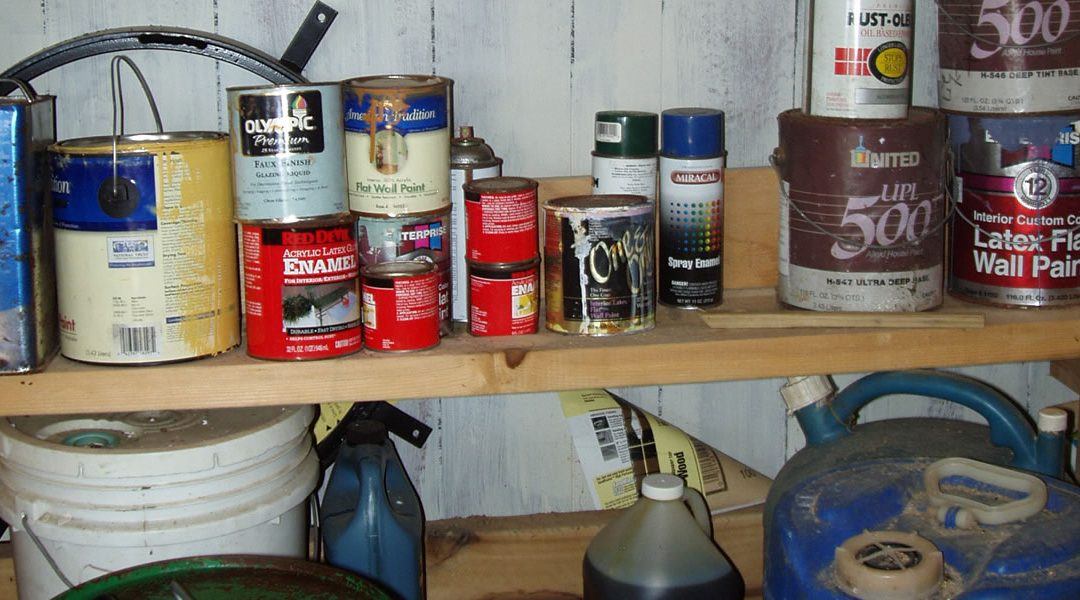Selling a messy house isn’t impossible. Some buyers can see beyond cat feces smeared on carpeting, overflowing trash cans, dirty laundry scattered all over and piles that look like they are from the TV show Hoarders. But it sure is a lot more challenging than selling a sparkling clean home.
Cheryl Kirby, a real estate advisor with Keller Williams Integrity First Realty and the co-creator of an instructional staging DVD for real estate professionals, Get Ready, Get Set, Get Sold, feels very strongly about a sales representative’s responsibility to advise a client rather than just stick a sign in the yard and put it on the MLS.
“I hold the real estate professional responsible as much as the seller. It’s the agent’s responsibility to advise their clients. And one part of the job if you want to sell for the best price and least amount of time is to roll up your sleeves, dig in and ask what you can do to outshine competition and win a buyer.”
Kirby continues, “There are basically three reasons people buy a home: location, price and condition. We can’t do anything about location and price is determined by market, but you can work with a real estate professional on the condition – that’s one thing you have control over. If the condition is good, you can sell at the higher end of the price bracket and sell faster.”
What turns off prospective buyers in a messy house? An ING Direct survey into this topic detailed the list in no particular order – piles of toys, clothes and books in bedrooms; smelly bathrooms; grubby kitchens; animal hairs and traces of pets; overgrown lawns; clashing colour schemes; unattractive pieces of art; and items out of place such as dishes in a bedroom or newspapers scattered in the kitchen.
Two types of lifestyles
Jasmine Lee, broker at Re/Max Hallmark Realty in Toronto, is careful not to tell the sellers that their house is a mess or a pigsty. “I explain to our seller clients that the way you live in a home and the way you present your home to sell are two totally different lifestyles.”
She calls them:
“Living” Lifestyle
Homely, personal, more clutter (toys, office paperwork, memorabilia, private items) and easy access to items (things on counters, dressers).
“Home to Sell” Lifestyle
Decluttered, depersonalized, think model homes at a new home builder site, all items hidden and counters free of clutter.
“We meet with our clients in their home and make notes of what is needed to get the home showing its best,” says Lee. “After our clients sign up… our stager meets with them in their home and explains the process and what is needed from them in order to get their home sold. Our team stager, Jacqueline Onassis, uses our notes and adds them with her recommendations to give sellers a clear outline of what is needed. She gets them to tackle as much as they possibly can and then its time to dress the home for sale.”
Lee recommends using a professional cleaning service if needed. She says if your idea of clean isn’t the same as your clients’, “try to recommend a house cleaner or add a couple of hours of service complimentary to help your sellers out.”

Before and after shots of a room cleaned and staged by Jacqueline Onassis, team stager for Re/Max Hallmark Realty.
Buyers must be able to visualize themselves in a potential house but that can be difficult in a filthy place. The beauty of the home and any unique architectural features would be impossible to see. If sellers still aren’t willing to clean up, mention that homes needing work tend to take longer to sell. For sellers in a hurry to get a sold sign, this might be the kick they need.
One real estate agent interviewed for this article asked to remain anonymous but wanted to share his experience.
“I listed a house that needed serious cleaning and I was unprepared for the backlash. Buyer’s agents were forewarned about the condition of the house ahead of time yet they complained incessantly afterward. In the long run, the majority of the agents were unwilling to consider the property. I would go so far as to say that my reputation was damaged.” His experience is something to consider, that’s for sure.
If none of your gentle prodding convinces your sellers to tidy up, perhaps the ultimate bargaining tool will work – money. ING Direct’s survey found that a messy house could cut $15,000 off the selling price of an average home. Richard Doe, ING Direct’s chief executive in 2012 when the survey came out, said that even if a messy house doesn’t dissuade buyers, it would almost certainly have an impact on the offers that sellers receive.
Offers on messy houses do tend to be considerably lower than the asking price. When the condition of the property is questionable, you don’t find many bidding wars, making it a relatively safe bet that any offers will be lowballs. Going back to the ING Direct survey, the majority of the people surveyed stated that they would use the mess as a reason to negotiate a lower price for the property. The average reduction asked for would be five per cent but one in 10 people stated they would ask for up to 30 per cent off the asking price.
Kirby adds to this point, “Is the home located in an area that is very desirable where people would buy the house no matter what? If so, is the seller willing to price it to compensate for the condition of the home? ‘Price overcomes all objections,’ as the saying goes.”
Lee has one final piece of advice, “Understand that your clients have given you their trust and confidence to sell their home. Be honest in the way it currently shows and offer solutions. They will thank you for it!”
Toby Welch is a contributing writer for REM.
















